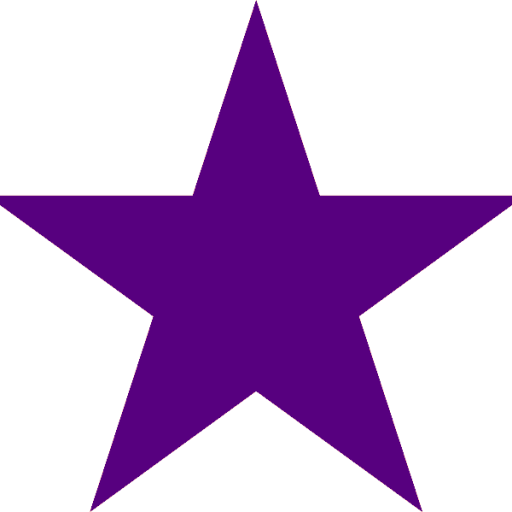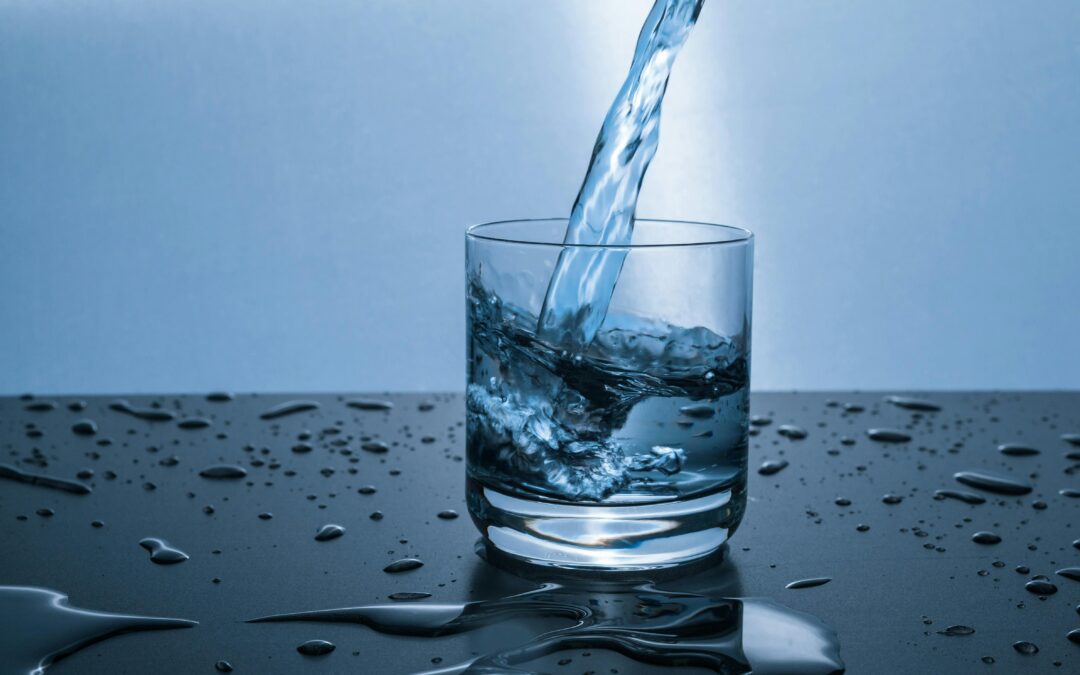There are so many questions and so much misinformation about the state of Leander’s water, I thought it was time to do a quick and easy Q&A to address it all.
Does the City have enough water for everyone?
Yes.
Why are we in Conservation Phase 2 and what does that mean?
The short answer is because LCRA is making everyone implement their version of Stage 2 which is once per week watering.
A few years ago, the City Council updated the Water Conservation Ordinance to include triggers for when we would adopt different phases of the Water Conservation Plan. Under the current ordinance, one of the triggers for being in Stage 2 is that Lake Travis and Lake Buchanan are low. That’s currently where we are. But again, even if we didn’t have that trigger, LCRA would mandate once-per-week watering anyway.
The City has never been in Phase 1 in my memory of being on Council. Around 2020, we were in Phase 3 and the phases were adjusted so we became Phase 2 without any conditions changing.
How many times a week can I water my yard?
Once per week, per LCRA. Your one day per week to water depends on the last number of your address:
- 0 – Water on Thursday
- 1 – Water on Tuesday
- 2 – Water on Monday
- 3 – Water on Sunday
- 4 – Water on Monday
- 5 – Water on Tuesday
- 6 – Water on Wednesday
- 7 – Water on Thursday
- 8 – Water on Saturday
- 9 – Water on Friday
What is the BCRUA?
The BCRUA is the Brushy Creek Regional Utility Authority. It’s our shared water treatment system with the cities of Cedar Park and Round Rock. While all 3 cities are owners, Leander owns the vast majority of it because its intended to be our main water source.
Each of the cities in the BCRUA have another water treatment plant for their needs. For Round Rock and Cedar Park, their other treatment plants are their main source and BCRUA is just a supplement. For Leander, BCRUA is our primary source and our capacity there is larger than our smaller Sandy Creek treatment plant.
Why is our deal with BCRUA so unfair?
Its not. Some people complain that Leander has to pay more than the other cities, but that’s because Leander owns more. Each city is paying their own share.
Why doesn’t Cedar Park have the same conservation phase?
Each city adopts its own conservation phases, so they don’t always match. When BCRUA is down, the impact is felt greater in Leander than the other two cities because BCRUA is our primary source and in the other cities its only a secondary source.
Why do we continue to allow construction?
In short, because the State of Texas mandates that we do. I talked about this a while back in M is for Moratorium. And yes, I know other cities implemented moratoriums at various times, but I assure you, if you google the news articles, you’ll find that they met the requirements for imminency and were only for 6 months.
What we CAN do however is slow down construction, and that’s what we’ve done. We’ve increased some regulations: developers now have to pay more fees for future road expansions, we’re currently working on new requirements for them to donate public parkland, we’ve reduced the amount of grass they’re allowed to have, and importantly, we have added mandatory phasing to projects, so that all these homes don’t come online all at once.
Why do we continue to approve apartments?
We don’t. Several years ago, the city approved a lot of zoning for a whole lot of apartments. Those owners now have vested rights from the state to build their apartment buildings. These buildings typically take several years after they’re first approved before they even start construction. You can actually look up most of the multifamily projects in the city on an interactive dashboard that lists when permits were obtained for the site. Permits come much further in the process after zoning.
About 2 years ago, the City Council was tired of developers constantly asking us for apartments, townhomes, tiny homes, and smaller lots than what they had zoned. We passed a resolution alerting developers that we aren’t interesting in cramming more people into our city, so stop asking.
Why do we sell water to other cities and why don’t we renegotiate?
We treat water for Liberty Hill because they don’t have their own treatment plant. And we sell water to Georgetown. We have attorneys, we’ve talked about options, but the agreements are solid and we cannot back out without major legal repercussions. We are good stewards of your tax dollars and don’t intend to waste them on legal battles we won’t win.
Why is Lake Travis our only water source?
It’s the only source for most of the cities around here. We did a study back in late 2020/early 2021 that looked at options for other sources. The only thing that was feasible was tapping into the Carrizo-Wilcox Aquifer, which would be great, but its pretty far away and we would have to buy the right of way, dig, and lay pipe the entire way to it. At the time of the study, that would have resulted in a cost of about $10 per gallon just to receive the water – that doesn’t include treating it and delivering it to your home. Since then though, the pipeline has been moved closer by Samsung and now Georgetown is also pulling it closer. The closer it gets, the more that cost to deliver goes down. We’re hopeful it can become a feasible option in the near future.
We also have our staff meeting with staff of other major cities in Williamson County to work on coming up with regional water solutions. We all need water, obviously, and when you go north in of Leander and Georgetown in Williamson County, the situation becomes dire because they aren’t even close to Lake Travis and don’t have a great source otherwise.
What is the City doing to fix the water situation?
I’m so glad you asked. The City has undertaken an ambitious set of projects to get our system where it should have been all along. Here’s a slide of all the projects we have going and their delivery dates:

At BCRUA, we have a deep water intake that is going to safeguard our water supply in extreme droughts of the future. Currently, the water is collected from barges and if the lake gets too low, the barge can’t do its thing. We also have multiple expansions of the BCRUA treatment plant going rapidly to ensure we’re able to receive more treated water.
At the Sandy Creek Water Treatment Plant, we’re making improvements to the sludge system which will result in another 2 million gallons of water treated there every day.
We’re adding elevated storage tanks to various parts of the city. This improves the pressures needed for delivery and also gives an important buffer to our water system when its in its peak usage times.
We also doubled the capacity at our water reuse plant in Travisso and are installing a similar system in our waste water treatment plant near Horizon Lake.
Plus, we requested and received the rights to more water from LCRA so we’ll have it available when we have the capacity to treat it.
The bad news is that a lot of these projects are not going to be online until 2027. The good news is that they are all underway and on time. Its a huge but necessary investment in our future.
In the coming months, you’ll see Council voting on a new system: an automatic metering infrastructure that will fundamentally change everything we do. This system is like what you probably already have for gas and electric – it allows you to monitor your usage in real time. This is huge because under the current system we’ve had forever, it’s hard to detect leaks. If you get a large bill in the mail, you might think it was an off month. It typically takes a few billing cycles before anybody realizes that you have a leak. That’s not only a waste of your money, it’s a huge, prolonged waste of everyone’s water. The new system will be able to detect a change in usage within days making it better for everyone.
Am I allowed to Xeriscape my yard?
Yes. Please do. We love Xeriscaping.
What can residents and businesses do to help?
In short, find simple ways to conserve. The biggest waste of water, hands down, is irrigation systems. The odds are, you have an inefficiency in your system somewhere that is causing water to be wasted. Plus, the grasses used here are not meant for a ton of water, so a lot of people give their lawn much more water than is necessary. Luckily, the city has a conservationist who is ready to help with irrigation assessments, rain barrels, water efficiency rebates, and simple advice. His salary is paid by your water bills, so his services don’t cost a penny extra.
Hopefully this answered all your questions about water. Let me know if you have any that I’ve missed.



Excellent summation Mayor Christine